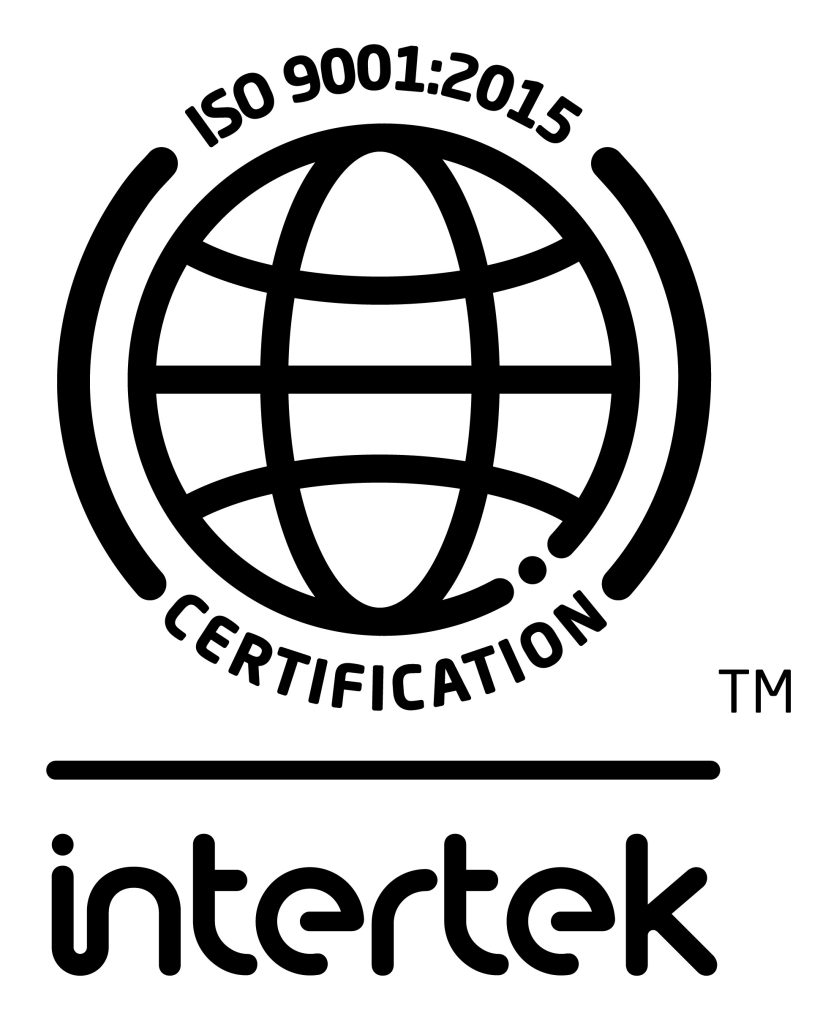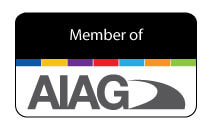Copper is one of the oldest and most widely used metals that dates as far back as the prehistoric times. In fact, copper is said to have been mined for over 10,000 years, as evidenced by a copper pendant that was found just recently in Iraq, dated 8700 BC. Not long after this time, copper was already being smelted for various uses. This native metal is usually found in minerals like azurite, bornite, chalcopyrite, cuprite, and malachite. It can likewise be formed as a byproduct of silver manufacturing.
Copper and its alloys are among the most versatile metals available for engineering purposes. They have an ideal combination of physical and chemical properties that make the metal suitable for all kinds of applications. Such properties include conductivity, strength, machinability, corrosion resistance, and ductility. These properties can even be further enhanced through manufacturing methods like copper alloy casting and copper base casting as well as through variations in its composition.
Copper based materials are very widely used in the building industry, particularly in applications like roofing, rainwater systems, cladding, water pipes and fittings, heating systems, electrical wiring, and oil and gas lines. Copper alloy casting and copper base casting offer a wide range of beneficial properties including but not limited to:
- High thermal conductivity and uniform heating – For instance, a copper frying pan heats up faster and offers a more uniform temp profile than a stainless-steel pan.
- Hardness – In addition to outstanding thermal and electrical conductivity, copper alloys are also known for their range of hardness, which makes copper an even more ideal material for all kinds of applications that demand material strength.
- Reduced coefficient friction – A secondary effect of mold coatings that are used for increasing copper’s hardness is the decrease in surface friction for the material.
- For bearing and high-wear applications – Copper alloys also offer excellent bearing and wear characteristics against other metal surfaces, particularly, steel. They offer high resistance to abrasion, wear, deformation, fatigue, and corrosion, making them ideal for different applications like gibs, slides, mold locking devices, wear plates, guide pin bushings, sleeve bearings, and more.



